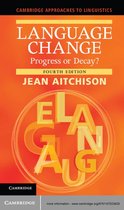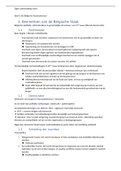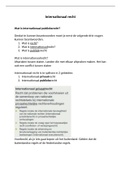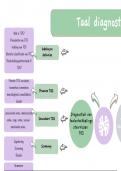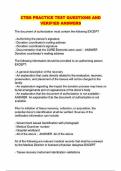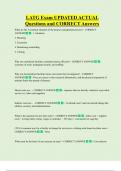Summary
Language Change: Progress or Decay? Complete Summary
- Module
- Institution
- Book
This is a complete summary (chapters 1 through 16) of the 2013 edition of Jean Aitchison's Language Change: Progress or Decay? The summary is based on the weekly assignments for the UvA course Variation & Change and may include some extra information given in our seminars.
[Show more]

